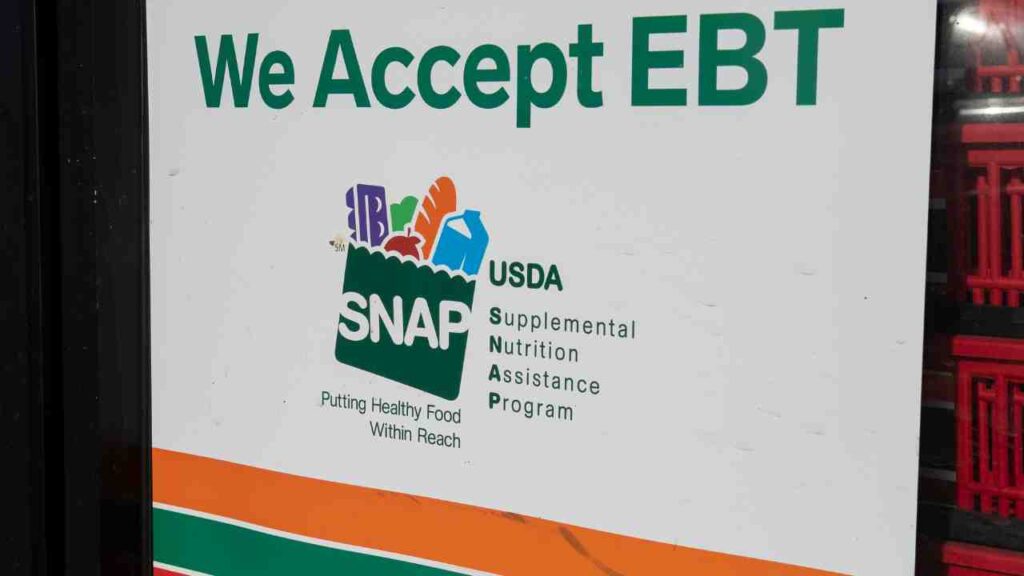SNAP, the Supplemental Nutrition Assistance Program, can pay a lot more than $1,756 if you are a family of 8 and live in the State of Alaska or Hawaii. Food Stamp recipients in Alaska received their payment on July 1, since this is the only payday for all eligible recipients. Beneficiaries of this Federal benefit in the U.S. Virgin Islands and Guam also have higher benefit amounts.
Only Guam has paydays left, and they will continue through July 10. Many other States are still delivering Food Stamps. For example, Florida and Texas will be distributing SNAP benefits through July 28, 2025. Some States have not even started yet, so there are many different possibilities for eligible recipients when it comes to paydays.
Who will receive up to $3,102 on July 5 from SNAP?
If you live in the State of Hawaii and you are an eligible SNAP recipient, there are only two possible paydays. Therefore, you may have received a Food Stamp payment on July 3 or you collect it on July 5, of course, regardless of the amount you qualify for.
SNAP benefit paydays in Hawaii are based on the 1st letter of your last name. Hence, you must have received your Supplemental Nutrition Assistance Program benefit on July 3 if the first letter of your last name is A – I.
Those SNAP recipients whose first letter of their name is J -Z are collecting their Food Stamps on July 5. Not all beneficiaries can get $3,102. This is the maximum amount for a household of 8.
Even if you are 8 in your family and qualify for SNAP, you may get a smaller payment amount because you have other earnings, benefits or resources. See all the maximum amounts below:
Number of people living in the household & maximum SNAP amount
- 1: $517
- 2: $948
- 3: $1,357
- 4: $1,723
- 5: $2,046
- 6: $2,456
- 7: $2,714
- 8: $3,102
- Each additional person $388
SNAP payments in other States or U.S. territories
States like Alabama and Arkansas will start delivering Food Stamps on the Fourth of July. So all eligible recipients will collect money for food on Independence Day.
- Alabama: July 4 – 23
- Arizona: July 1 – 13
- Arkansas: July 4 – 13
- California: July 1 – 10
- Colorado: July 1 – 10
- Connecticut: July 1 – 3
- Delaware: July 2 – 23
- Florida: July 1 – 28
- Georgia: July 5 – 23
- Hawaii: July
3– 5 - Idaho: July 1 – 10
- Illinois: July 1 – 10
- Indiana: July 5 – 23
- Iowa: July 1 – 10
- Kansas: July 1 – 10
- Kentucky: July 1 – 19
- Louisiana: July 1 – 23
- Maine: July 10 – 14
- Maryland: July 4 – 23
- Massachusetts: July 1 – 14
- Michigan: July 3 – 21
- Minnesota: July 4 – 13
- Mississippi: July 4 – 21
- Missouri: July 1 – 22
- Montana: July 2 – 6
- Nebraska: July 1 – 5
- Nevada: July 1 – 10
- New Hampshire: July 5
- New Jersey: July 1 – 5
- New Mexico: July 1 – 20
- New York: July 1 – 9
- North Carolina: July 3 – 21
- Ohio: July 2 – 20
- Oklahoma: July 1 – 10
- Oregon: July 1 – 9
- Pennsylvania: Over the first ten working days in July 2025
- South Carolina: July 1 – 10
- South Dakota: July 10
- Tennessee: July 1 – 20
- Texas: July 1 – 28
- Utah: July 5, 11, and 15
- Virginia: July 1 – 7
- Washington: July 1 – 20
- West Virginia: July 1 – 9
- Wisconsin: July 1 – 15
- Wyoming: July 1 – 4
- Guam: July 1 – 10
- Puerto Rico: July 4 – 22
- The District of Columbia: July 1 – 10
